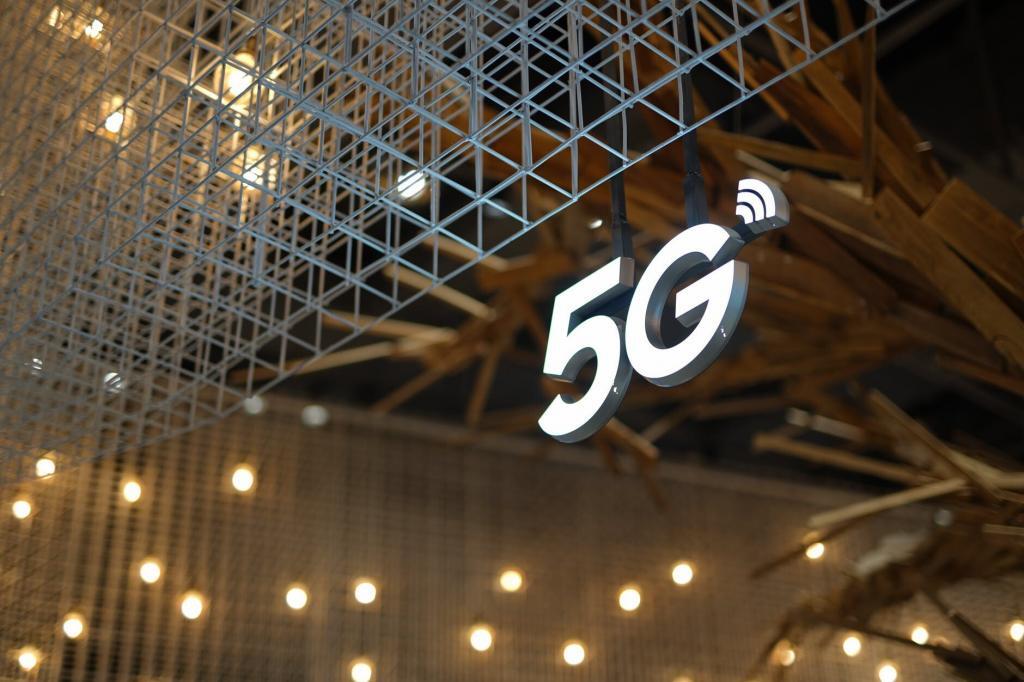The full name of 5G is the fifth-generation mobile communication technology, which means that mobile communication technology has developed to the fifth-generation stage on a global scale, and it is further optimized and expanded on the basis of 4G technology. The current 4G has been difficult to meet the needs of Internet technology development and scale expansion, and the new generation of 5G technology can provide sufficient technical support for its development, so 5G technology will play an extremely critical role in the future information age.
5G Features and Benefits
5G has the characteristics of large capacity, high speed, low latency, and high mobility. The 5G system can provide connection support for more than one million devices per square kilometer, providing a communication foundation for the Internet of Everything. Due to the advent of the 5G network era, optical modules are an important part of the communication network, and the demand for optical modules has also increased significantly.
It is expected that 5G will bring tens of millions of 25/50/100Gbps optical modules. The 5G system will achieve a peak rate of 10 Gb/s, which can meet the needs of industrial customers for high-speed data collection and transmission. The 5G system will provide an ideal delay of less than 1 ms and a typical end-to-end delay of 5-10 ms, thus supporting some real-time applications in industrial scenarios. The 5G system can support user communication in a mobile scenario of up to 500 km per hour, so as to adapt to the increasing trend of communication in a fast-moving environment.
5G technology has significant advantages over 4G and earlier communication technologies. In terms of data transmission, 5G has a higher rate, shorter delay, and longer transmission distance. 5G supports a peak rate of 10 Gb/s to 20 Gb/s and a user experience rate of 1 Gb/s. As low as 1 ms, the transmission distance is as long as 2 km. In terms of system efficiency and capacity, 5G has lower power consumption and operating costs, higher spectrum utilization and information utilization, and supports more users. 5G has stronger stability and encryption and can browse pictures and videos without freezing, bringing users a better experience. 5G itself has good compatibility and can be connected with wireless, Bluetooth, etc. Read more on the key features of 5G.

5G Application Scenarios
5G uses scenarios to promote communication standards, and 5G communication scenarios can realize the mutual connection between people and people, and between people and things. The International Organization for Standardization 3GPP defines three typical application scenarios of 5G systems:
- eMBB (Enhanced Mobile Internet)
- mMTC (Massively Connected Internet of Things) and
- uRLLC (Ultra-Low Latency Highly Reliable Communication)
eMBB
The eMBB scenario aims to provide a consistent user experience within the coverage area, which requires high-speed data transmission at the Gb/s level and low access delay. This scenario mainly carries high-speed data transmission and high-traffic mobile broadband services, such as 3D/UHD video, virtual/augmented reality, and edge computing deployment.
mMTC
The mMTC scenario requires the network to support over 100 billion connections, a connection density of one million devices per square kilometer, and ultra-low power consumption and ultra-low cost of terminals. This scenario mainly carries services targeting sensing and data collection, such as smart cities, smart enterprises, and environmental monitoring.
uRLLC
The uRLLC scenario places high reliability and low latency requirements on the network. The network must not only ensure nearly 100% transmission reliability but also support end-to-end latency at the millisecond level. This scenario mainly carries timely services with strong real-time requirements, such as unmanned driving and industrial automation.
In addition, 3GPP also defines 8 capability indicators of 5G to describe the capability requirements of application scenarios for 5G systems: peak rate, user experience rate, spectral efficiency, mobility, air interface delay, connection density, network energy efficiency, and traffic density. Different application scenarios of 5G have different requirements for these indicators.
Further, the major application areas of 5G like AI, AR & VR, IoT, and automation have been discussed here.
Suggested Read:
Security requirements in Wireless Sensor Networks
5G Wireless Technology
Insustrial Applications of 5G
Final Words
5G Industrial Internet is the future development trend and the core of competition among countries. It has attracted great attention all over the world. New technologies and new network models will also be integrated into the development process of various industries and enterprises, bringing real value enhancement.